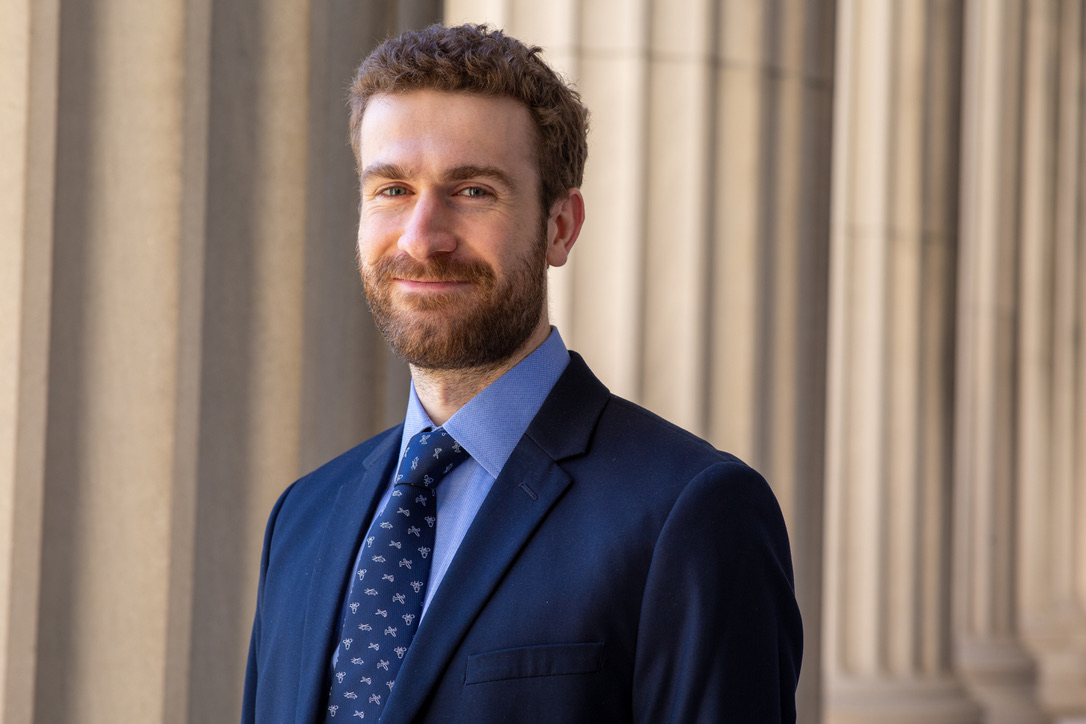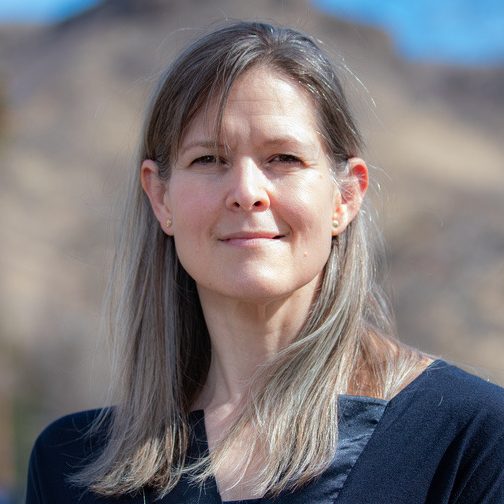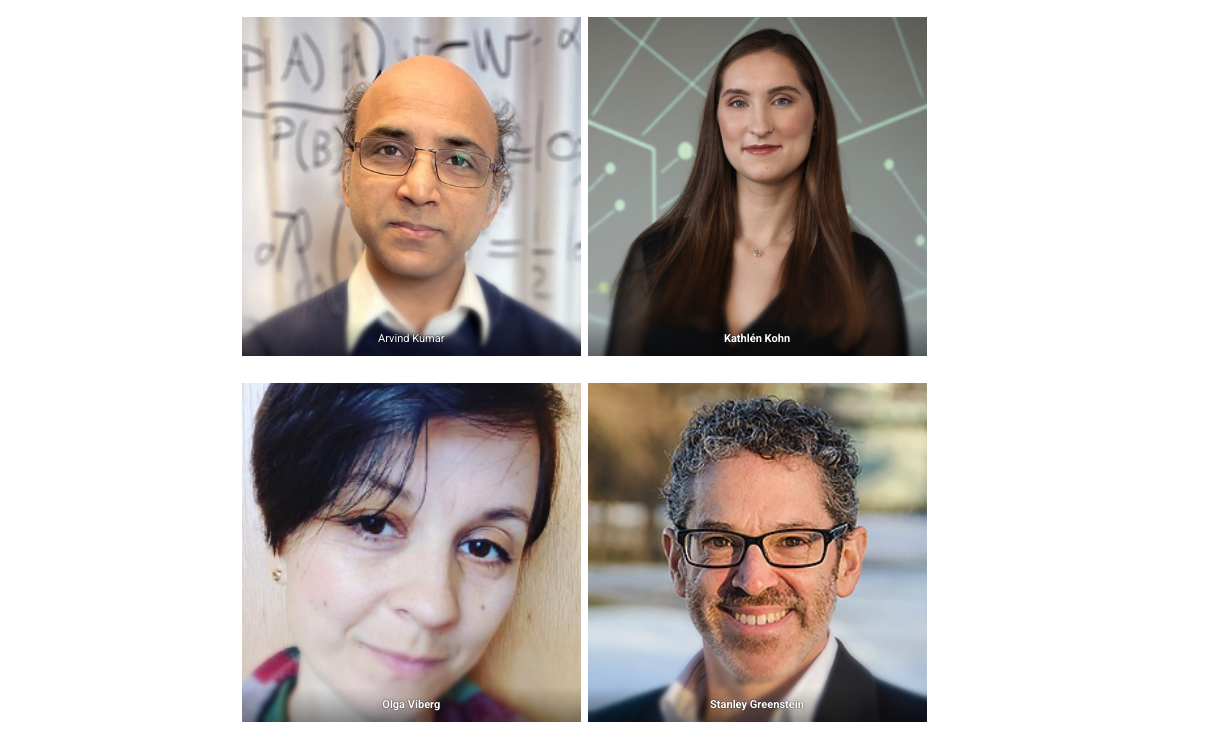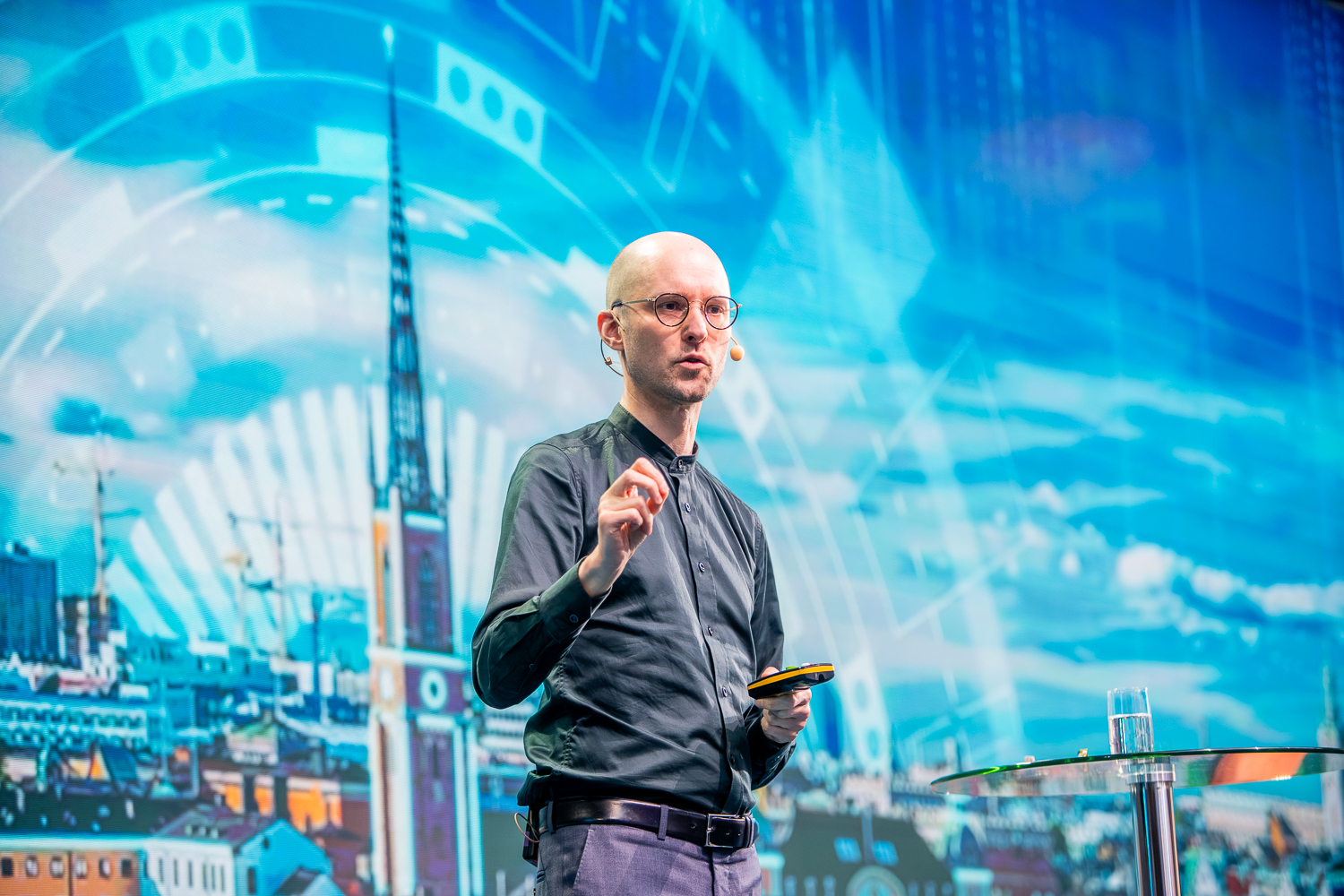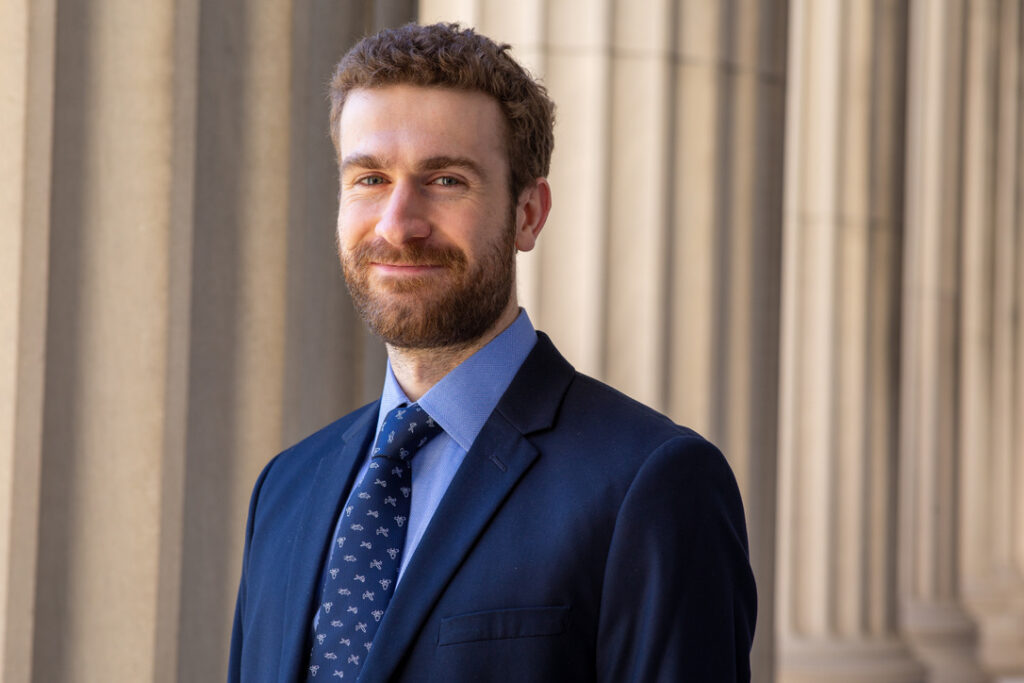
In this interview, we sit down with Haluk Akay, a postdoctoral fellow at Digital Futures, to discuss his innovative research on using data-driven design for climate action. Haluk shares insights from his work at MIT, his current focus on sustainable product design, and how AI can revolutionize early-stage decisions to reduce carbon emissions.
Haluk completed his doctoral research in mechanical engineering at MIT. His doctoral thesis developed methods to represent textual design data for computation by extracting structured “what-how” information and evaluating designed systems using AI-based language modelling and design principles.
Haluk’s research interests lie in using design and data-driven methods to address complex climate change and sustainability problems. He also has experience in microelectromechanical systems (MEMS) fabrication and product design.
Hi Haluk, how come you applied for this program, and what inspired you to focus your postdoc research on “Data-Driven Design for Climate Action”? How do you see data-driven methods and design contributing to the fight against climate change?
– I was searching for a post-PhD opportunity where I could independently pursue the sorts of challenges that peaked my personal interest. I was looking for an environment that valued sustainability, had a strong design culture, and was a technology hub. The freedom of the Digital Futures postdoc program embedded in the active KTH campus, all situated in lovely Stockholm was the perfect fit.
My PhD developed methods to represent design quantitatively for machine learning, and I wanted to validate these with actual cases of product development in the real world. I believe design is a powerful process of encouraging intention and demanding justification for all decision-making from high-level strategy to detailed functionality. Data-driven methods help us recognize patterns we may otherwise miss in enormous quantities of digital representations of complex real-world processes. In harmony, data-driven design is a tool to transform early-stage decision-making shaping the requirements behind products that go on to generate the externalities which disturb environmental balance.
Can you explain how your previous research at MIT, particularly your work on representing textual design data for computation, connects to your current project on sustainable design and carbon emissions?
– A key aim of my PhD research was to quantitatively represent early-stage design information, which tends to be more qualitative and often expressed with language. It is estimated that up to 80% of a product’s lifetime carbon emissions are determined by decisions made during design. If we can measure these long-term relationships between design, production, and usage, then we have a chance to create a feedback loop for guiding more sustainable decision-making.
Your research spans various stages of the design process. What challenges did you experience in gathering and quantifying data across such diverse phases, and how did you address them?
– A key technical challenge was certainly reconciling multimodal design data in various formats across the design process, but I would also say a big roadblock involved intellectual property. For my postdoc, I wanted to apply my PhD research to real-world processes, which experience tremendous capital investment resulting in enterprises being protective of their design data.
Establishing connections with industry players was made much easier by being in the Digital Futures ecosystem, where a number of companies had already expressed interest in collaborating on research projects. Digital Futures had essentially completed a lot of the “heavy lifting” networking giving me a running start in this aspect.
How do you envision the application of Artificial Intelligence in transforming sustainable product design, and what role does AI play in helping companies make better early-stage decisions to reduce carbon emissions?
– AI is such a broad family of methods and tools, and each aspect has opportunities and risks to impact society and the environment. For example, the specialized AI field of natural language processing helps us quantify textual data to measure functional relationships between decisions in product design and manufacturing. Simultaneously, the widespread deployment of generative-AI chatbots is producing textual data at an overwhelming rate threatening to bury the human-written documentation we collect and study in my research. This duality plays out in many AI-related fields where scientific research is being commercialized for profit and a key indicator of success is scale of usage.
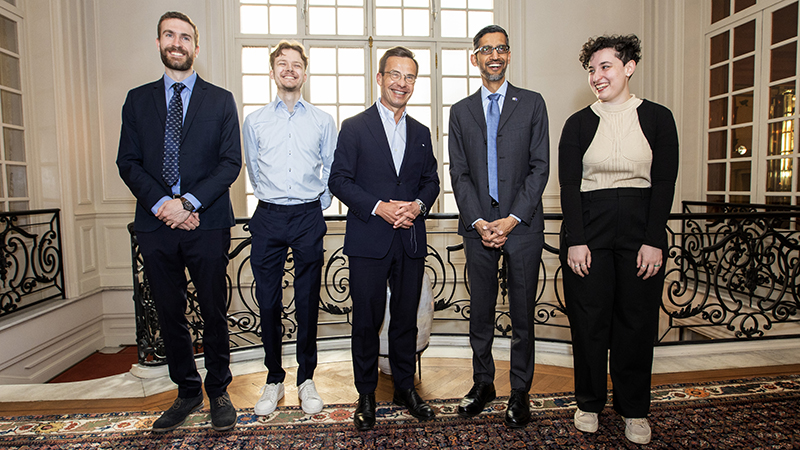
As a postdoc fellow in the Digital Futures mobility program, how have the resources, networking, and development opportunities provided by this program influenced your research and your career so far?
– The open-ended nature of the Digital Futures postdoc fellowship provides the kind of intellectual freedom to both lead a research project and also explore other opportunities in a university environment. For example through KTH Innovation, I was able to sit down over coffee with the CEO of Google Sundar Pichai and the Prime Minister of Sweden Ulf Kritersson at his official residence— I’ll never forget that experience.
Digital Futures is at the intersection of research, industry, and government, and the independence of the postdoc fellowship allows you to be creative with how you spend these two years. Digital Futures also indirectly supports a fun lifestyle in Stockholm — this is also where I found my Sunday innebandy group!
Your project finishes at the end of October – what will happen next?
– In November I will be starting at TU Delft in The Netherlands as an assistant professor of AI-driven computational design in the Faculty of Mechanical Engineering. However, I’m lucky to be able to keep up my ties to Sweden thanks to Digital Futures, through my involvement with a Digital Futures-funded industrial innovation project applying AI to engineering design knowledge preservation, so I’ll be dropping by Stockholm regularly in the future!

